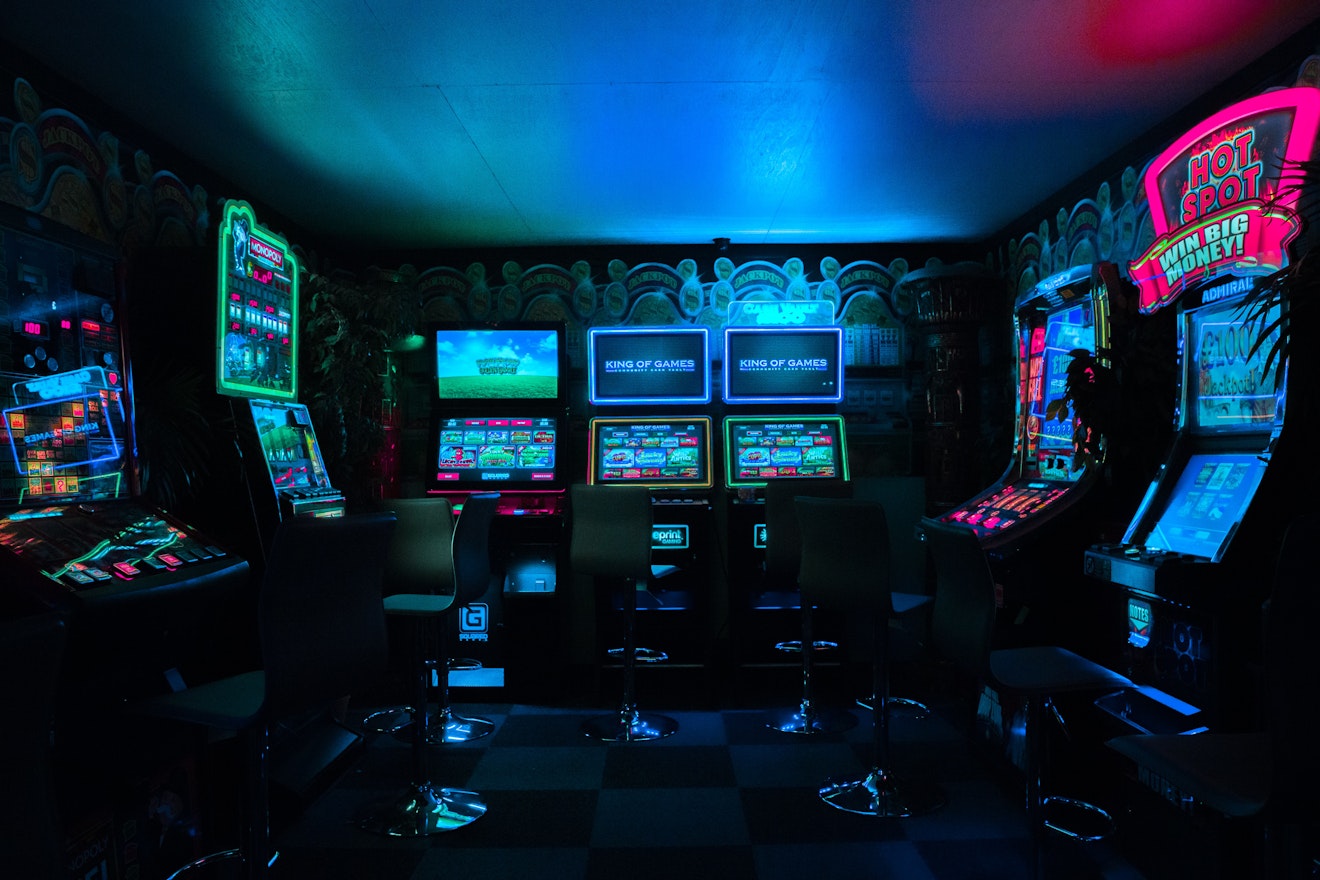The New Frontiers in Art
An Introduction to New Media Art and how we can value Media that can be replicated.

In 2017, I was a young sophomore in college who thought I understood everything I would need to be an art saleswoman. I had landed an internship at an art gallery in Miami, where Art Basel touched our shores every year. But no class or art fair could prepare me for the incoming technology that would begin to shake the game of how we value, and even define art.
My first meeting with artwork that was born from new technology consisted of 3D printed hands. In The Rubell Family Collection in Miami, I joined fellow art students as we entered a room with a dark hue. Inside, janitor carts contained LED lights that illuminated a 3D printed head. Alongside these were a collection of silicone hands, a composition called Creative Hands by Josh Kline.
After our professor wrapped up a lecture, I remember having a conversation with a friend on how long new media could last. She said, “Part of what gives art its value is its originality. You can try copying it, but it’s hard to make it exact. On top of that, you need to preserve it.” She pressed her hands together. “But with 3D printed items, how can you value its longevity? If the art can be copied over and over, then maybe we should put a price on the art based on the idea of it over the actual piece.”
So should we never copy over the art? Or would keeping the art from being shared in that way only make it more elitist? After all, some people see art as something that should reach and educate many people from a museum.
This question becomes more complicated when you look at all the other types of new media art popping up. This year, Marina Abromovic partnered with a virtual reality team to create an exhibition where you can put on a VR headset to see her standing in a tank in front of you. The tank slowly fills up with water as she explains the effects of climate change. This vivid medium is arguably what could have made her warnings feel more tangible and real.
Last year, artist Eve Sussman worked with Snark.art to create 89 Seconds Atomized, an art creation that played a video showing what happened before Diego Velazquez’s famous Las Meninas models stood to be painted. The video was split up into over 2,000 visual pieces that were 400 pixels each, and that you can buy on the blockchain. Once the atoms are sold, only their owners can view them. So for the whole video to play again, one institution would have to loan each atom to display on Snark.art. Basically, this work uses technology to create an experience that depends on collective action.
These types of art fall under a category called new media art. In a nutshell, new media are media that are based on computer technology, as opposed to say, charcoal sketching. This genre has gone as far as to include cyborg animatronics, computer animation, and even Internet art.
New media art is too broad a category to make a blanket statement about how it can be shared or valued as a whole. Some are media you’re probably already familiar with, while others are new, experimental, and therefore controversial.
One of the new media art already mentioned here was 3D printing. When I saw the hands at the Rubell Collection, I was amused to see that the inscription described the piece as a 3D printed sculpture. It was interesting to see how we try to categorize new creations into old terminology. If you tried to recreate a sculpture by hand, it would be near impossible to copy it as precisely as a 3D printer could.
According to the Whitney, artist Josh Kline has left the digital information to reprint the sculptures in the future if they’re ever damaged, requesting it’s reproducing in the highest print resolution available. If we price art more by its original conception, then the art’s value might not change at all. Yet, maybe we should consider making several replicas of the same piece when technology like this can do it.
If people are seeing Kline’s prints in America and China at the same time, maybe we want to celebrate that kind of accessible exposure. More people will see the art and talk about it, which is just a part of what gets an artwork a higher value at all - its popularity. Through more exposure, the art’s value (to culture and pricing) could go up. At a time where many people see contemporary art as elitist, technology offers the chance to share pieces to a bigger audience across borders.
The other new media art I mentioned above was blockchain art. In a nutshell, blockchain technology consists of “blocks” of data that contain information on transactions that build upon each other. Blocks exist in an online system for everyone to access. Each block builds upon the last one, creating a string of trackable history.
Some see blockchain as a bright tool for gallery owners to create certificates of authenticity that can’t be censored or manipulated. What was a less expected use for blockchain was to turn it into art itself, though, as we can see in the case of 89 Seconds Atomized.
But with pieces like that, the catch is not that replicating the art will change its value or rarity. Instead, to show the art at all is rare because of its reliance on collective ownership to display it.
Despite that catch, blockchain technology offers a creative way for artists to share new messages. Sometimes, a painting’s canvas can be just as important as the paint itself. So if sharing the art through replicability or collective ownership is already hard, we can always resort to another article to talk about the artist’s intention. It’s not the same as the archetypal exposure, but it’s definitely exposure, right?

Arcade games - are they art?
The third type of new media art is video games. This medium might be one of the most controversial, prompting several articles to critique it. Art itself is already hard to define - But at least in a traditional museum, art is there for you to observe. Sure, some pieces are interactive, but a video game makes you think of something like driving Luigi through the Mario Kart games or following a roleplay story.
Video games can impact us just like art can. If art’s purpose is to inspire you or make you think about something, video games do the same if not more by being utterly dependent on interaction. Maybe part of the real reason that a full-fledged video game isn’t usually shown in an art exhibit is that it’s merely… hard to exhibit. It may be a little distracting from the nature of an exhibition, where you’re expected to move from room to room and meditate on the atmosphere.
With video games as a debated art medium, we would then have the dilemma of both defining what games are art, and how we can preserve it. Even though the media raises some questions about how we can value it, there is a market of people willing to pay higher prices for older gaming consoles. It’s kind of like how some people are willing to pay more for aged, classical art, too.
I think back to what my classmate said at the art collection. I think of how her simple question can go in so many different ways. They can become so much that it all goes back to the central question of how we define art in the first place. And then I think of how that has no answer - especially not now that media is changing.
But change can be a good thing. Before modern technology (and I’m talking even before photography), maybe it was a lot easier to define art. People in the late 1800s could say that a Monet wasn’t real artistry, but that was only ever a question of personal opinion. Ultimately, art used to show the same media all the time (canvases, sculptures, wood, etc.). And each one stood still.
Now, new media art will put you behind a virtual reality headset. It will move its face if you shift an inch toward it. It could reprint an exact replica of the Bust of Nefertiti in epoxy resins if it wanted to. Yet, how we value new media art is something we might only define over time, as technology continues to change and become a deeper part of our lives.
This website uses cookies. By continuing to use the website we assume Your acceptance on this. Read more

